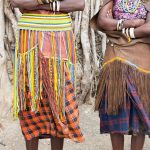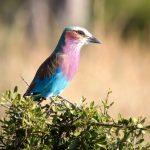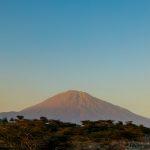For those who tuned into BBC1 at 8pm last Thursday, you will have witnessed the start of a series that transports you from your armchair to the rolling plains of the Serengeti.
There you will witness the battle that the Serengeti’s best known animals face. Each day is a struggle between life and death and although it is great to watch these events unfold on television, there is nothing better than seeing these spectacles first hand. Whether it is the lions, the elephants or the wild dogs that spark an interest for you to go on safari or a love of wildlife, it doesn’t matter. After organising luxury safaris for over twenty years, we know the best places for you visit! Read below for our honest advice about where the best places are to see these magnificent animals.
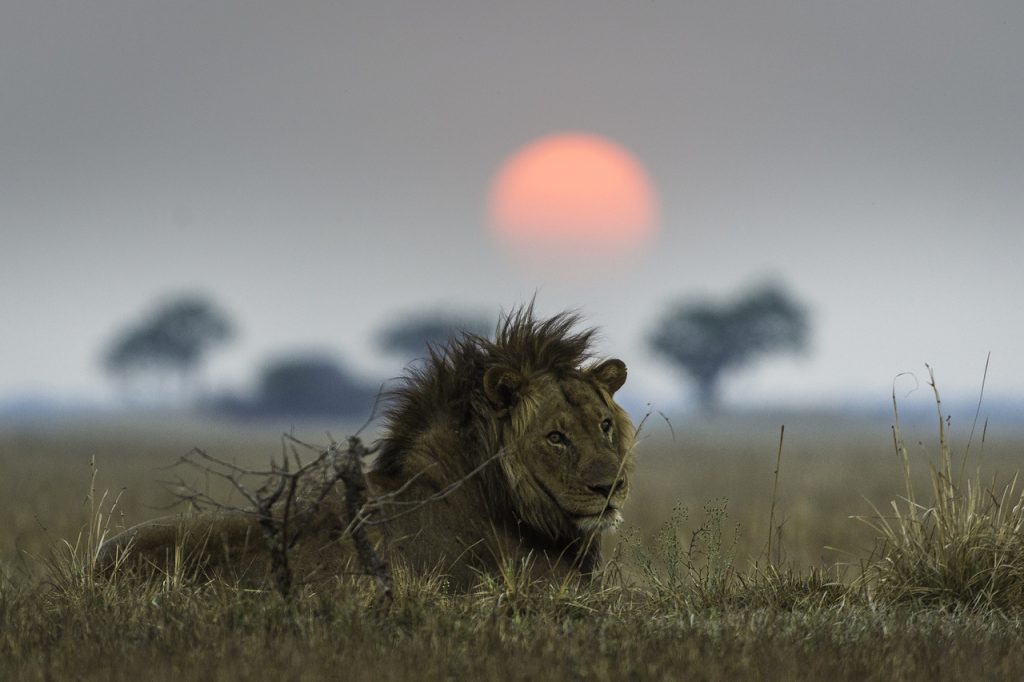
The Wildebeest Migration
The world-renowned Great Migration is a year-round event that occurs within the Serengeti National Park. Each year millions of wildebeest and zebra follow the rains in a clock-wise motion clocking up about two-hundred and fifty kilometres each. From crossing the Mara River in the North to giving birth on the Ndutu plains in the South, drama is never far away when watching these ungulates. If you’re particularly interested in keeping up with the migration, then we would whole-heartedly recommend a mobile camp. These are tented camps that follow the migration all year, moving from site to site meaning that they have the best spots for the action. Do not fear though, luxury isn’t compromised. All your amenities (and more) are certainly apparent.
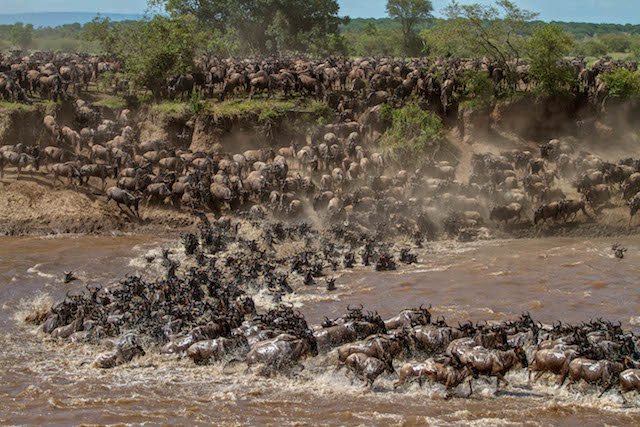
Lions
The majestic King of the Jungle is probably the most sought after animal people want to see when they go on safari. Luckily, lions are everywhere in the Serengeti and unlike the wildebeest, they stick to their territories. Whilst the migration may pass through areas at different times of the year, no matter where you stay there will be plenty of resident game in the lion territories to keep them fed whilst the wildebeest are away. If you are after a great value safari, it is worth seeking the ‘off season’ camps as they will still have great opportunities to see lions and great prices!
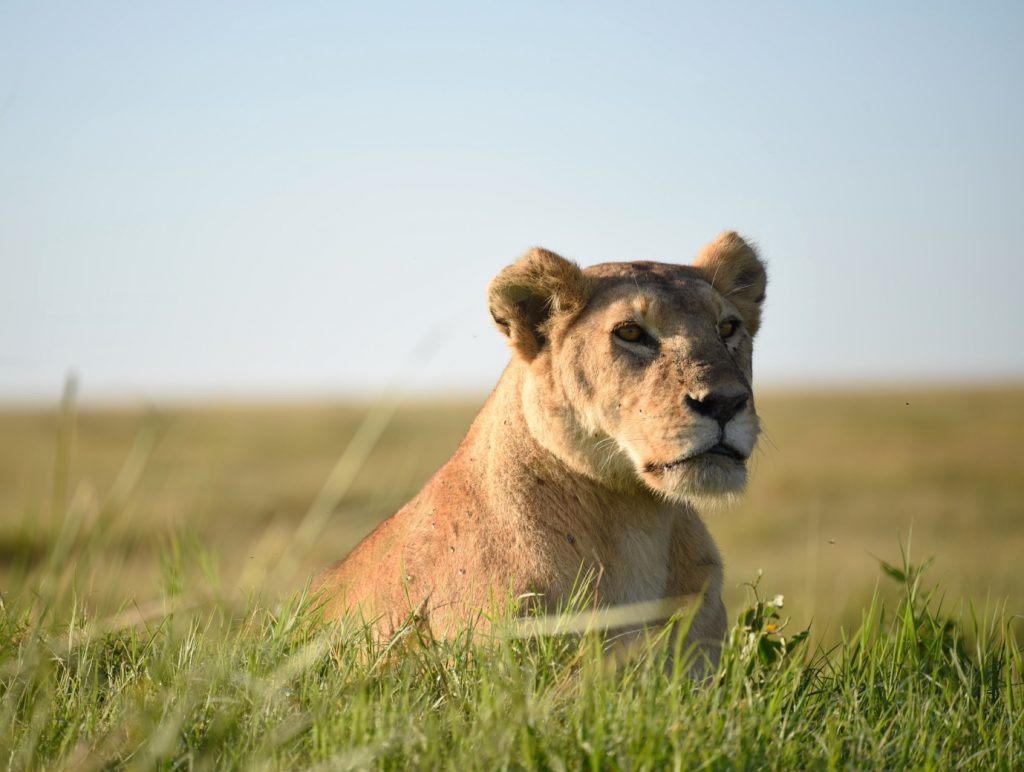
Cheetahs
Small, lithe and the only cat that can’t roar, you are often left feeling sorry for the cheetah. Often bullied by hyenas and the other cats, being a cheetah mother is probably one of the toughest jobs in the Serengeti. Even with the honey-badger disguise, cheetah cubs unfortunately have a very high mortality rate. But for all their bad luck, there is one place in the Serengeti that we hold close to our hearts. Recently reopened and what used to be a cheetah research area, Namiri Plains in the Eastern section of the Serengeti is a place like no other. As well as being home to numerous caracals, servals and other big cats, the cheetah population has thrived here for years and sightings are daily and wonderful. For the best cheetah sightings and photographic opportunities we couldn’t recommend Asilia’s Namiri Plains Camp high enough. If you don’t believe it yet, check out our Instagram to see our first-hand sightings from our trips there!
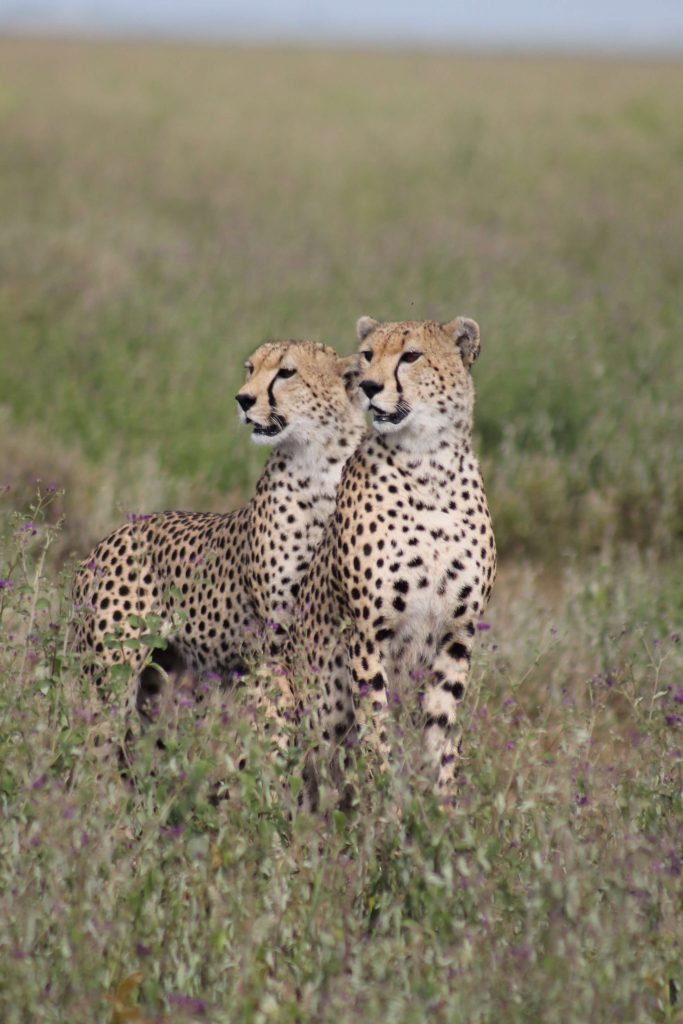
Elephants
The most intelligent of all savannah animals, with communication systems that humans haven’t been able to apprehend and emotions that no other animals seem to have, the elephant is a magnificent creature. The biggest member of the Big 5, yet also the most gentle, one would be mistaken that they are big fumbling, bumbling balls of grey, yet an insight into their behaviour shows just how gentle and nimble they can be. That’s not to say they aren’t destructive because they certainly can be when the mood strikes. With the Serengeti being such an open and vast landscape, elephants are not normally found in such open areas, that’s why it is important to be in a camp that is placed perfectly for both habitats. A great area for elephant sightings is in the often-forgotten Serengeti forests. Here the vegetation is denser and riverine thickets are the perfect habitat for elephant families who need plenty of food, water and shelter to provide safety for the herd. We absolutely love Nomad’s Serengeti Safari Camp, a mobile camp which moves throughout the year depending on where the migration is, yet their location also takes into consideration the movement of the mega fauna like the elephants. Their new position by the Moru kopjes in central Serengeti provides the perfect setting for great sightings.
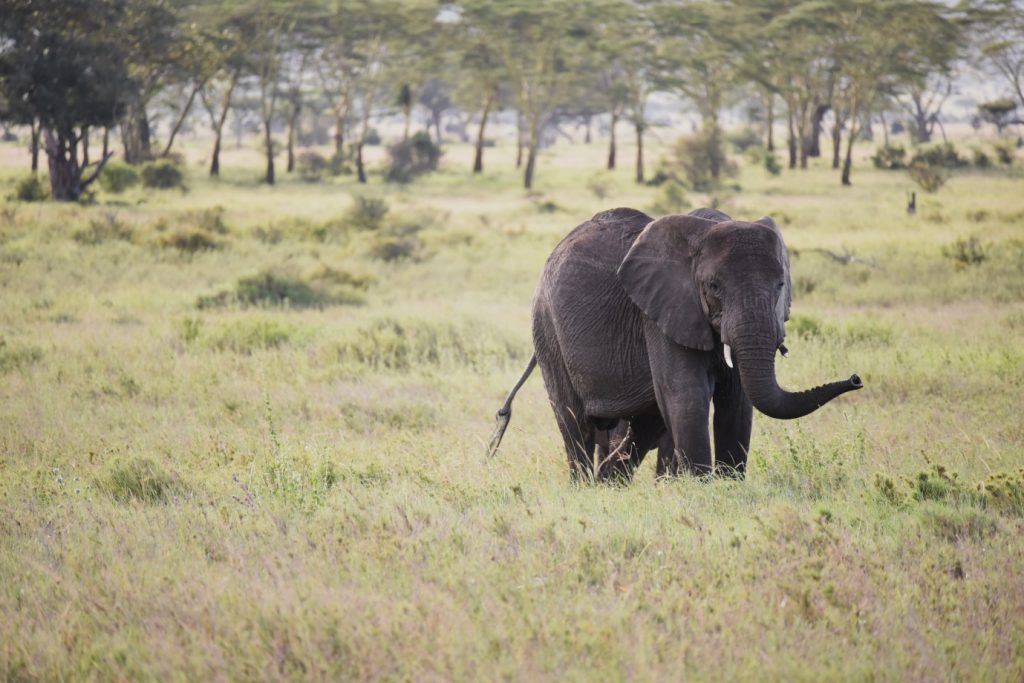
Whilst I hope you will enjoy the rest of the series, I know I plan to, if you want to experience the Serengeti with your own eyes then there is only one thing for you to do: contact us! We would love help you book the trip of a lifetime.

